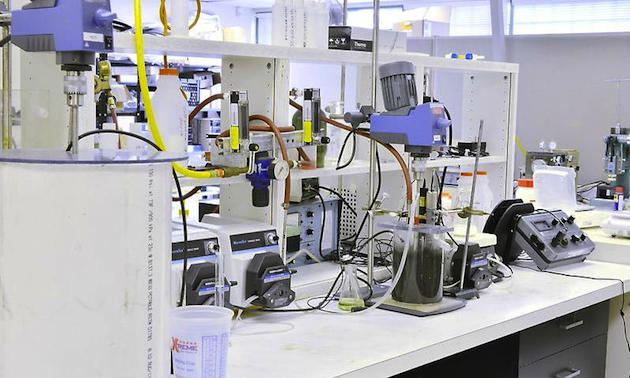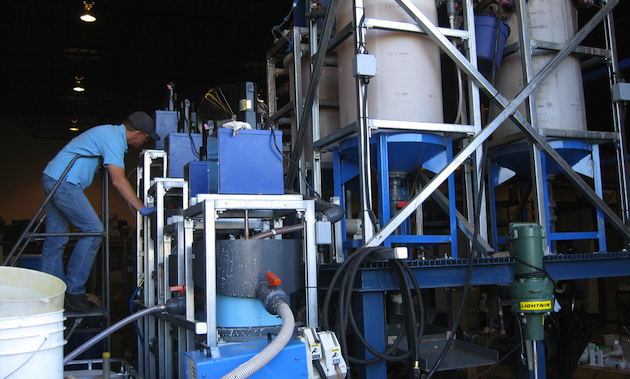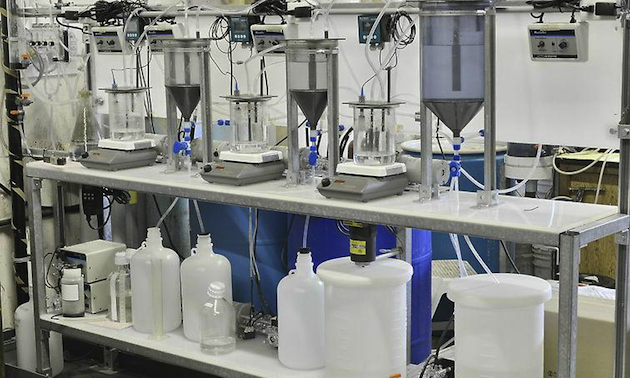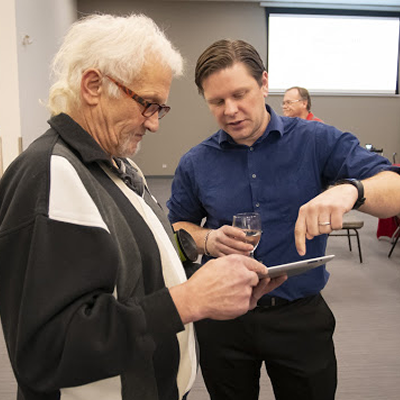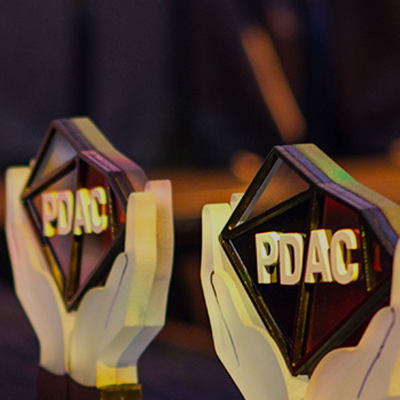A B.C. company continues its research into environmentally sound mining techniques
Cyanide-free gold mining is just one part of this innovative Canadian business
Kemetco Research’s work in non-cyanide gold recovery, cyanide detoxification, biological treatment of acid mine drainage and metal recovery technologies from low-grade resources has the potential to conquer the environmental disadvantages of common mining processes.
Cyanide mitigation
The history of research into cyanide-free gold recovery has fluctuated with the price of gold. It was strong in the 1970s and earlier, but after the 1980s when prices were suppressed there are gaps in the research, said Kemetco president Norman Chow.
“We have resurrected the R&D for certain mining operations in certain countries where cyanide is banned,” he said of the company’s research into chlorinated and brominated compounds to replace cyanide—a system that will likely remain highly specialized.
For the rest of the world, Kemetco is developing a cyanide detoxification process, building on and improving existing technologies.
“The most common method for dealing with cyanide before discharging is a sulphur dioxide air (SO2 Air) process used to destroy cyanide effluent,” said Anca Nacu, the operations manager at Kemetco. “Kemetco is focusing our research on catalysts that reduce operating costs and are more effective,” she said.
Laboratory test programs are currently underway with major gold producers.
Another challenge with the current process is that it can be difficult to operate and may generate other undesirable byproducts such as cyanate.
“What we try to do after optimizing the best conditions to running the SO2 process is apply additional treatment such as bioremediation to destroy the cyanate species and reduce the ammonia,” said Nacu.
The company is in the process of developing a membrane process that eliminates metals and ions from the solution and produces a substantially clean effluent.
“Biological treatment is not mainstream," said Chow, "and membrane technology, interestingly, is highly used commercially for treating drinking water but not for mining effluents. We have developed significant expertise to advance these technologies for future use on mining effluents.”
Acid rock drainage
The company has also developed a biological sulphide generator that generates hydrogen sulphide on demand to precipitate metals from acid rock drainage. The technology would convert mine effluents to clean water and recover the metal value from the sulphide precipitation process.
The sulphide generator works on average seven times faster than other competing technologies, and testing data has indicated the generator can work up to 12 times faster at peak.
Cost depends on the application, said Chow, but the process is a game changer because the competing technologies require a much larger bioreactor to maintain required performance and expensive nutrients such as methanol or ethanol to feed the bugs.
“Because our bioreactor generates sulphide at a very high rate, we can use nutrients that can be produced from low-cost fuels” he said.
The size of the bioreactor shrinks proportionately with the increased rate, greatly reducing capital.
“The economics of the other existing technologies are marginal and only appropriate for specific applications,” said Chow. “We hope to change this.”
Kemetco has optioned the technology to a major U.S. multinational that sponsored the current R&D program and is working on a demonstration project for release early next year.
The sulphide generation process also has application in copper heap leach operations when, at the end of life, the concentration of copper in the leach solution drops.
“As such, downstream conventional processing such as solvent extraction and electrowinning of the copper becomes uneconomic,” said Chow. “The sulphide generator provides an opportunity to recover copper from low concentration leach solutions economically, bypassing the solvent extraction process.”
Recovery of metals from low-grade resources
The company also filed the patents for the completed development work and pilot studies of the low-grade manganese extraction process used in American Manganese’s Artillery Peak Project in Arizona.
Low-grade manganese is not economical to recover by traditional means, and the conventional process is not environmentally sustainable. Kemetco developed a process that uses low energy and recycles all of its onsite water. American Manganese now holds the patents to the process.

